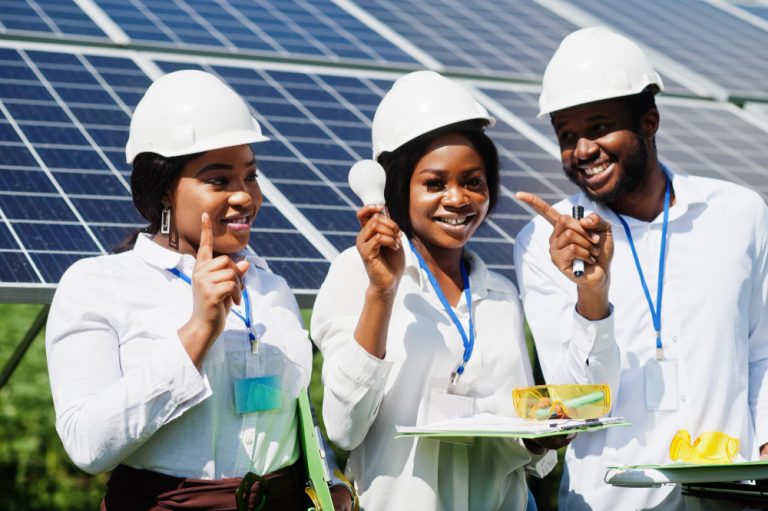The International Ethics Standards Board for Accountants (IESBA) is set to finalize new ethics and independence standards for sustainability reporting by the end of 2024, part of a comprehensive strategy to enhance the ethical dimension of corporate reporting over the 2024-2027 period. As the importance of sustainability in corporate practices grows, these standards aim to ensure that sustainability reports maintain a high level of ethical integrity and independence.
This development responds to the increasing global demand for dependable sustainability disclosures, as companies face greater scrutiny regarding their environmental and social impacts. The standards are expected to furnish organizations with a robust framework, promoting transparency and accountability in sustainability reporting.
In addition to focusing on sustainability, the IESBA’s strategic plan will broaden the application of ethics standards beyond traditional accountants and auditors to include all professionals performing similar functions. This expansion aims to enforce ethical behavior across various roles involved in financial and sustainability reporting.
Another critical area of focus for the IESBA is the reinforcement of firm culture and governance, recognizing that ethical corporate culture is fundamental to securing trust and integrity in both financial and non-financial reporting.
The role of Chief Financial Officers (CFOs) and other financial executives is also evolving significantly. These professionals are increasingly seen as the first line of defense in preserving the integrity of financial information. With the strategic expansion into sustainability and ethical governance, CFOs and other financial leaders are required to navigate a broader scope of responsibilities that now includes environmental concerns.
The IESBA underscores the necessity for these new standards to be adopted swiftly and globally, ensuring that corporate accountants around the world are well-prepared to address these emerging challenges. This global standardization is crucial for integrating ethics and sustainability effectively into corporate reporting frameworks, thereby promoting a business environment that is transparent, accountable, and committed to environmental responsibility.
As the 2024 deadline for these new standards approaches, it is imperative for corporate accountants and their firms to remain vigilant and proactive in updating their practices and compliance frameworks. By doing so, they will not only adhere to international standards but also meet the growing expectations of stakeholders who demand high integrity in sustainability efforts.














